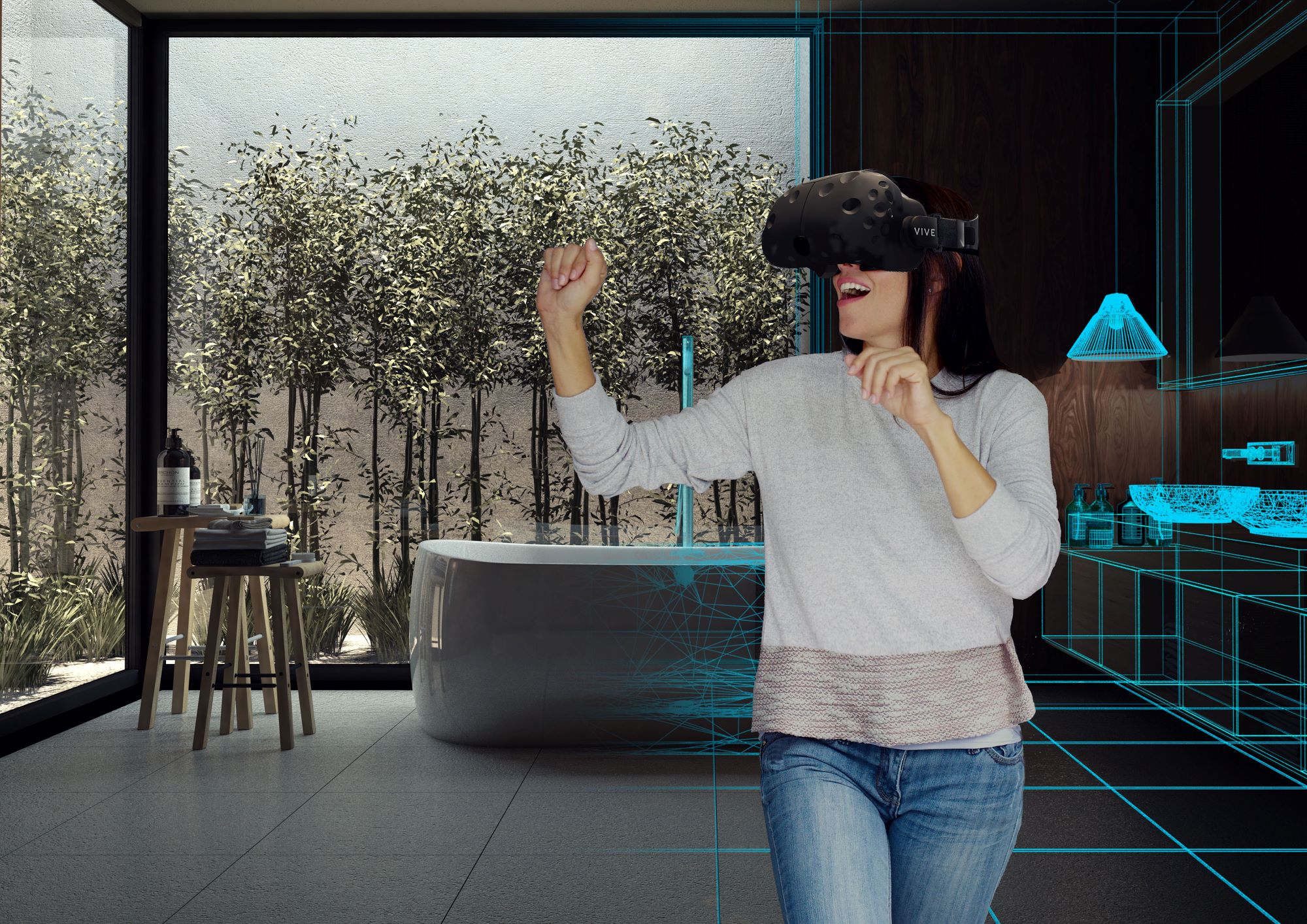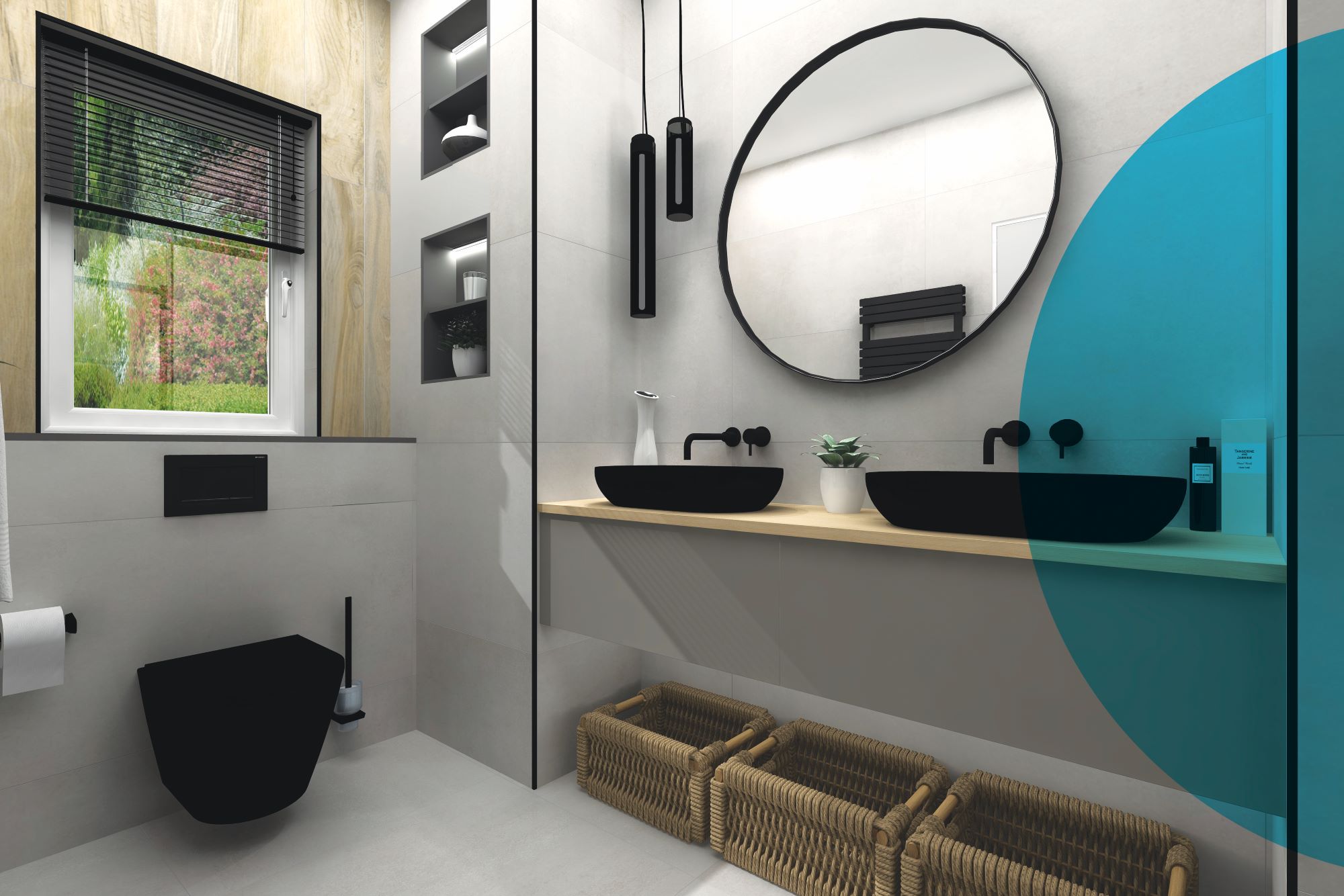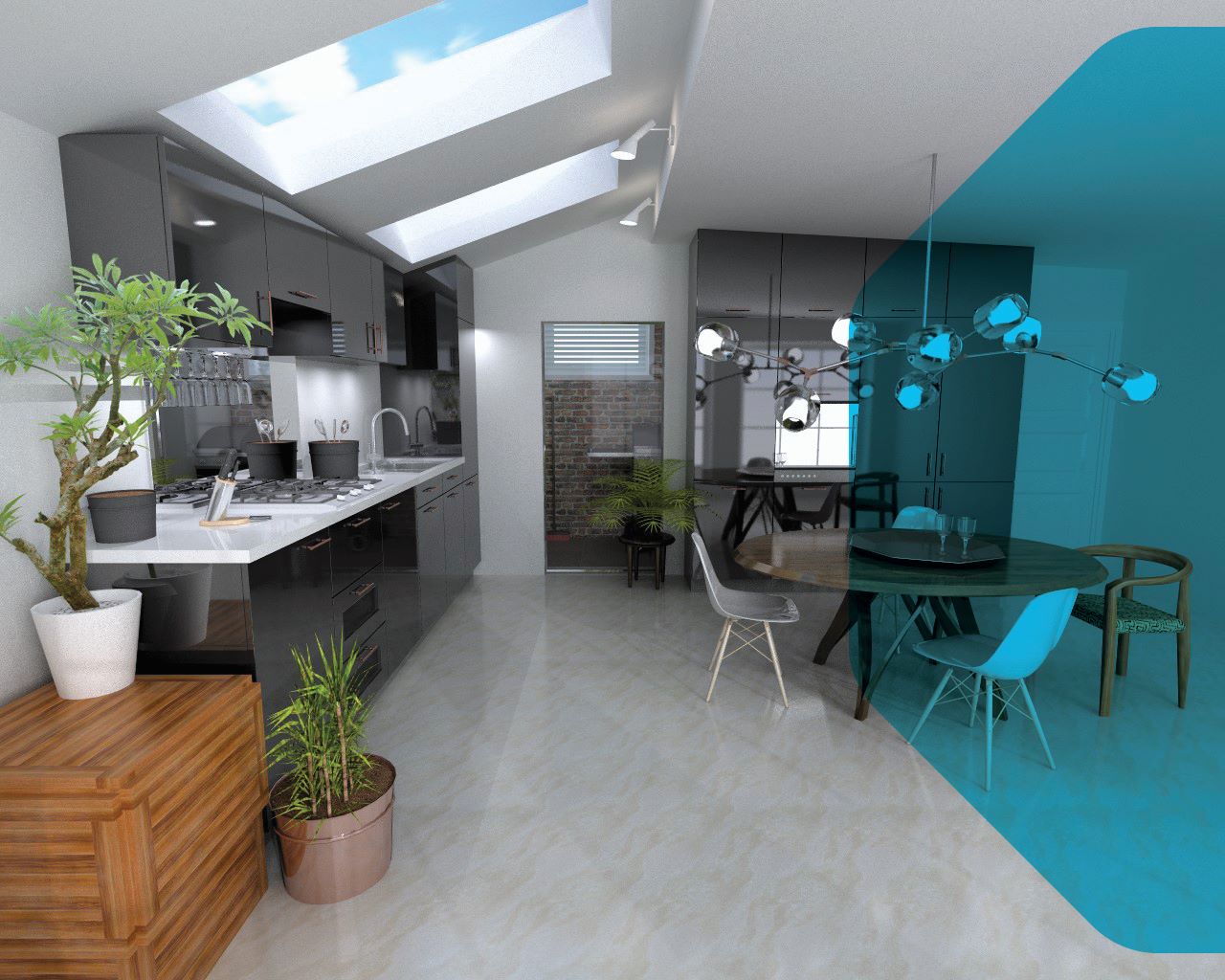
It can be argued that retail in general — including merchant showrooms — was suffering a lack of footfall pre-pandemic and has continued to suffer in a return to post-pandemic ‘normality’. Cyncly’s Alexander Ainge considers the reasons behind this shift, explaining how merchants can call on the latest technology — such as the solutions from its Virtual Worlds brand — to beat off the online competition and attract new custom.
Retail is changing. The way we shop, whatever it is we’re shopping for, is barely recognisable today from where we were even five years ago. The high street is not the thriving, bustling place it once was, and we would argue that IT-driven online retail has had a big role to play in this shift.
However, it’s also true that merchants would do well to embrace the advancements in technology and use them to their advantage. Put another way, if the way consumers shop is changing, the way we sell to them and the way we design our own showrooms must adapt too.
Consumers no longer want to simply ‘shop’ for a new bathroom or kitchen when they visit a retail or merchant showroom. That can quite easily be done online. Instead, they are looking for a sales ‘experience’.
And when you consider just how much of an investment a new bathroom or kitchen is, who can blame them? Ultimately, it is this ‘experience’ and how it is presented to the consumer that will ensure merchants stand out from the crowd and remain different from competition on the internet and elsewhere.
“By making use of the latest developments in design IT, merchants can transform their showroom space into somewhere that customers want to come for an immersive experience, rather than simply a space to browse before moving on.”
Experiential showrooms
For years, we’ve heard about the decline of physical retail and the rise of the internet. However, the desire for retail experiences is on the rise, with the term ‘retailtainment’ gaining in popularity.
The difference between retailtainment and experiential retail lies in the technology, with the latter focused on creating a lasting impression and emotional connection with customers. Experiential retail showrooms are designed to provide a memorable experience for your customer; focused on creating an enjoyable atmosphere, by offering an appealing mix of products and services — and using technology to enhance customer interactions.
By making use of the latest developments in design IT, merchants can transform their showroom space into somewhere that customers want to come for an immersive experience, rather than simply a space to browse before moving on. This has many advantages, a major one being there is no longer the need for lots of different displays and products from lots of different manufacturers.
The latest developments in design space — such as Virtual Worlds’ 4D Theatre and Winner’s Showcase 360 — enable the footprint of the showroom to be expanded, albeit virtually. And the showroom experience becomes much more focused on selling the design expertise of your team, through IT technology such as Virtual Worlds 4D Theatre.

Every merchant tells a story
Another benefit is that the sales experience becomes focused on creating a sense of drama and excitement — something that can’t be emulated by shopping online. With 4D Theatre, for example, the sales process is a form of storytelling, appealing to all the senses, whether through spatial awareness, lighting effects or the perception of your hands getting wet when you run them under a tap in 4D.
Imagine too, that experience being shared on a big display screen for others to see, generating interest and awareness of the USP that you as their trusted merchant has to offer. And, importantly, enabling the design to be viewed remotely later, so the consumer can share it with family members who may influence their purchasing decision.
Offering this type of immersive, experiential showroom experience, and giving consumers the confidence to purchase without fear of buyer remorse is how merchants can combat online competition.
Time is money
IT saves time too — another reason for the footfall fall-off in these ‘everything-on-demand’ days of consumerism. The latest design graphics tools, such as Virtual Worlds Professional, enable merchants to be ‘presentation ready’ thanks to real-time rendering.
The good news is that now, while time can be saved with real-time rendering, the latest powerful graphics engines inject energy into the design itself, with texture, light, reflection, shadow and sheen displayed on the design as it is being constructed. This attention to detail helps bring the deign to life and hook the customer, while impressing them with the care taken over getting things just right.
And with technology such as Winner Flex, even a kitchen with complex architectural features can be created in a matter of minutes, with all the worktops, upstands, and plinths being automatically added to the design. In fact, it’s entirely possible to create a room design in less than 20 minutes, with no compromise on quality, imagination, or creativity.
Such innovations in design technology are empowering merchants with the tools to overcome the challenges of a changing retail marketplace and the rise of online competition, giving customers a reason to make their local merchant the go-to for bathrooms and kitchens.
Alexander Ainge is Senior Director — Head of KBF Retail Sales (SMB & Mid-Market) — EMEA at Cyncly.










